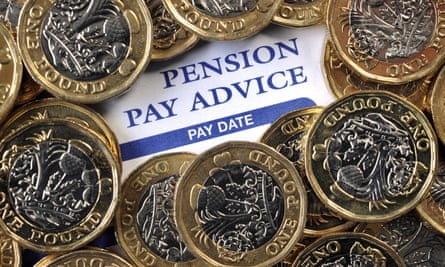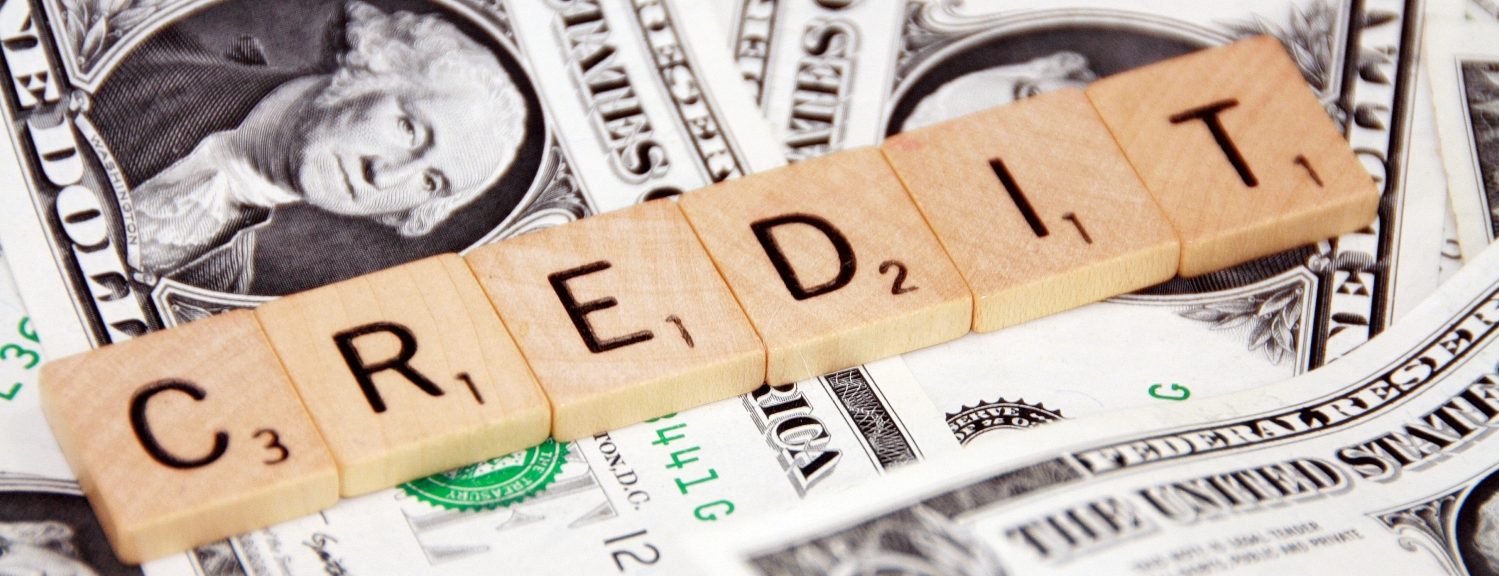Build a 35-year national insurance record
The reason why one in three people won’t even reach the minimum income level in retirement is that they don’t have a proper national insurance (NI) record. You will usually need to have 10 qualifying years to get any new state pension, and 35 to get the full amount (although it does vary). No idea if you have enough qualifying years? Go to gov.uk/check-state-pension. It will give you a forecast for how much your state pension will be, and set out your NI contributions so far. But you will need to sign in using Government Gateway, or register for it if you haven’t used it before.
Single best thing you can do
If you have any gaps in your NI record, you can plug them at a bargain price. Pay £800 now and, if you live a long time, you will get back £5,500-plus in total. If you can afford to hand over £8,000, it could be £55,000 or more.
The deadline for rectifying gaps in your NI record for any year from 2006-07 onwards is 31 July
Pension experts say that using your spare cash to top up your state pension can generate a better rate of return than almost any other way of using your savings.
You can pay voluntary NI contributions at gov.uk/pay-voluntary-class-3-national-insurance but the deadline for rectifying gaps in your record for any year from 2006-07 onwards is 31 July. After that you will only be able to go back six years.
Find any private pensions
The government programme to bring all your pensions on view in one place, called the pensions dashboard, has been delayed again. Until it comes into operation, you can try to find old pension plans at gov.uk/find-pension-contact-details, or check out the Pension Tracing Service. It reckons there is about £20bn lying unclaimed in lost pensions.
Enrol in a pension plan
Every employer has to automatically enrol workers aged 22 and above, who earn more than £10,000 a year, into a workplace pension scheme – and pay into it. The equivalent of 8% of your salary goes in, made up of 3% from your employer, 4% from you and 1% tax relief from the government.
The big carrot is the tax relief you earn on contributions.
 View image in fullscreenThe government programme to bring all your pensions on view in one place has been delayed again. Photograph: Wavebreakmedia Ltd FUS5/Alamy
View image in fullscreenThe government programme to bring all your pensions on view in one place has been delayed again. Photograph: Wavebreakmedia Ltd FUS5/Alamy
The former pensions minister Steve Webb, now a partner at the pension consultants LCP, says: “It’s worth remembering that there are, in effect, three people paying into your pension – you, your employer and the government. This means that the amount you need to pay yourself is, in effect, only half the total that needs to go in.
“To give a simple example, suppose, under automatic enrolment, 8% of your pay needs to go into a pension and you earn £20k, so we are talking £1,600. At first glance, that sounds like a fortune if you’re only on £20k. But the good news is that £600 comes from your employer.
“In addition, the £1,000 that comes from you attracts tax relief, so you pay in £800 out of your take-home pay, and the government puts the £200 you would have paid in tax. Paying £800 to get a pot of £1,600 suddenly looks like a better investment.”
But what if you’re self-employed? There is no obligation to pay into a pension but, given the tax relief, it is one of the best things you can do with your money. You can take out a personal pension with any number of providers but a good, low-cost place to start is Nest, the government-backed scheme, at nestpensions.org.uk. You can also use it combine old pension pots into one.
Make extra contributions
Probably the most difficult thing to do during a cost of living crisis but also the best thing to do for the long term.
Pensions can be withdrawn partly or wholly tax free, too, if you plan things right and don’t take out huge sums at onceFormer pensions minister Ros Altmann
These are usually called additional voluntary contributions (AVCs).
What’s more, many employers may wholly, or partly, match extra contributions you make. Nest says 49% of employers say they offer them.
Let’s assume you earn £60,000 a year and your employer offers a 50% matching scheme. You pay in an additional £100 a month. It only costs £60 a month from your pay. But the company matches it 50%, paying in an extra £50. So for £60 a month, you see £150 a month extra going into your pot. If you have a deal such as this at work, grab it now.
The former pensions minister Ros Altmann says: “Pensions offer better potential returns than most Isas if you are adding tax relief and employer money, and can be withdrawn partly or wholly tax free, too, if you plan things right and don’t take out huge sums at once.”
How much to pay in?
We asked Interactive Investor’s head of pensions and savings, Alice Guy, to crunch some numbers, setting out how much you would have to save every month, assuming different start ages.
The results show, for example, that if you are 30 and single, and working for a company that makes contributions of 6% of salary, you will need to pay in £203 a month to reach the moderate level of retirement income age 67. For couples it is easier, as both will pick up the state pension.
 View image in fullscreenMany employers may wholly, or partly, match extra pension contributions you make. Photograph: Rosemary Roberts/Alamy
View image in fullscreenMany employers may wholly, or partly, match extra pension contributions you make. Photograph: Rosemary Roberts/Alamy
Guy says: “The worst thing you can do is bury your head in the sand. The good news is that even if you’re 40 with no pension savings, you can still achieve a moderate retirement by saving regularly.
“If you’re part of a couple you will need to save £153 a month until you reach retirement age, assuming your employer matches your contributions.
“And even if you hit 50 with no pension savings, it’s still possible. If you’re part of a couple you will need to save £265 a month until you reach retirement age.”
Can you afford to retire early?
It is the dream for many but unless you have a high-quality public sector final salary-style pension, the sums you will have to save are large indeed.
Guy says that if you are self-employed and want to retire at 60 you will need to put away £1,260 every month from the age of 40 just to reach the moderate level of pension income, or £2,400 a month for a comfortable level.
If you are employed, try to maximise contributions via your company, making the most of any AVC scheme.
Pension experts say you will need £600,000-£750,000 in your pot by the age of 60 to enjoy an income of £30,000 a year.
 View image in fullscreenHave you worked out the type of pension pot needed to be able to retire early? Photograph: Dougal Waters/Getty Images
View image in fullscreenHave you worked out the type of pension pot needed to be able to retire early? Photograph: Dougal Waters/Getty Images
Free advice
Whether you are just starting to think about your retirement or are about to retire, MoneyHelper, a government-backed service, has guides.
If you are over 50 and floundering, you can get free advice over the phone from MoneyHelper’s Pension Wise service, with some face-to-face appointments available, too. If you are under 50 you can still call MoneyHelper’s pension experts on 0800 011 3797.




